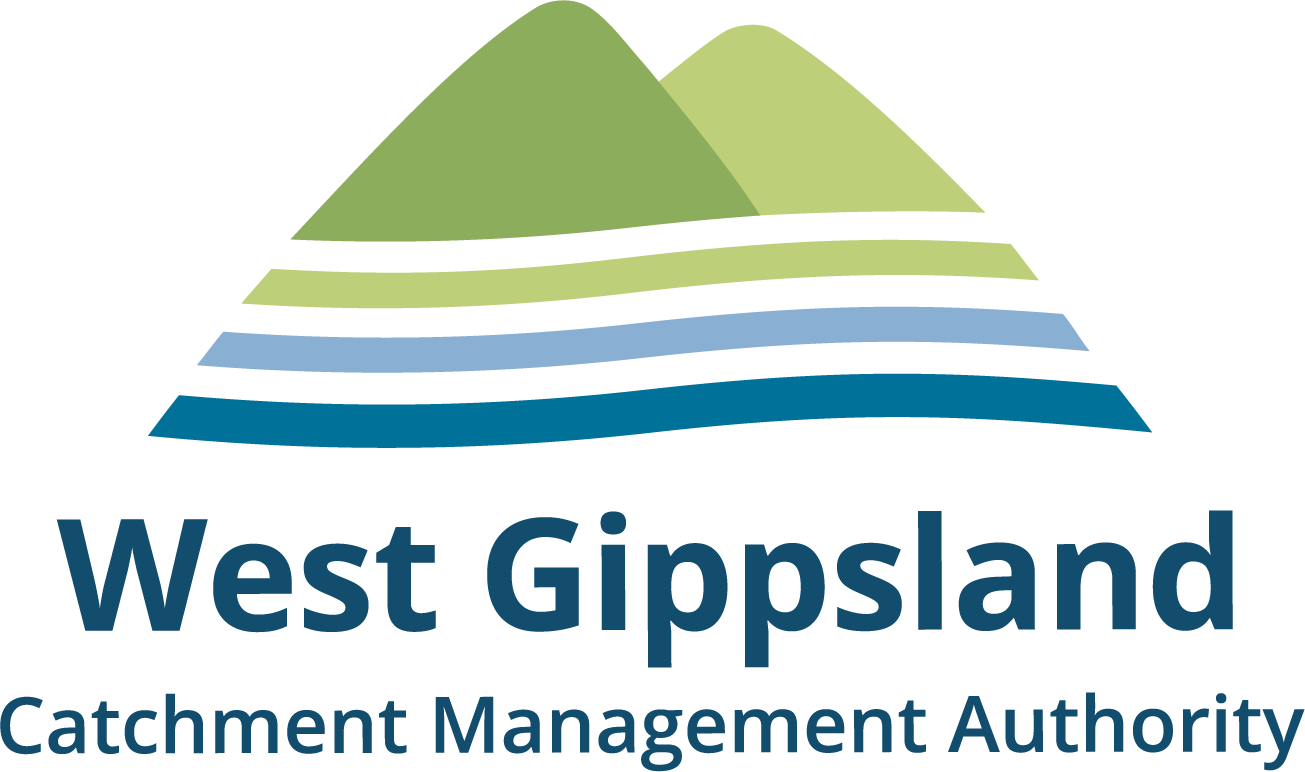Major flood recovery works to repair damage from June 2021 flood.
The West Gippsland Catchment Management Authority , alongside landholders, other agencies and contractors are set to commence major flood recovery works across the region to to repair damage to waterways caused by the June 2021 flooding which heavily impacted several Gippsland catchments.
“The rain event in June saw a one in 30-year event in the Thomson and Macalister River catchment and something like a one in 75-year event in the Traralgon Creek, so it was pretty huge across the region,” said CEO of the West Gippsland Catchment Management Authority (WGCMA), Mr Martin Fuller.
The WGCMA is charged with responsibility for named waterways in the west Gippsland region both in terms of working with communities prior to flood events but also working to repair damage to waterways and waterway health assets after major floods.
“Waterway management and waterway health are something that we focus on day in, day out. By improving the environmental values of areas also helps to fortify rivers, making them more resilient against extreme events like these most recent floods,” said Martin.
Following the June event, the WGCMA received 100’s of calls from landholders whose land abuts rivers and immediately collaborated on a preliminary response program to repair areas of urgent concern such as major tree removal, fencing repairs and debris removal throughout the region. Working with other bodies such as local government, DELWP, Parks Victoria, Vic Roads and Bushfire Recovery Victoria, more substantial works were coordinated in and around Walhalla where some major damage occurred. Over coming months, WGCMA teams, working with partner agencies, landholders and contractors to continue the coordinated effort that began in June.
Catchment Planning and Delivery Unit Manager at the WGCMA, Dan Garlick says the extent of damage was significant and widespread and when the catchments hopefully dry out, further planned recovery can continue.
“We saw undercutting of river banks and major erosion which carry sediment risks for downstream areas as well as fencing being impacted and waterways impeded by fallen trees. What we’ve been doing since June is firstly assessing that damage, intervening immediately where we have been able to and undertaking planning for the more detailed works required.”
“Walhalla for instance saw significant damage caused by massive flows in Stringers Creek. We’ve been up there, assessed the damage and coordinated effort to repair damage to riverbanks, remove debris and address community priorities including repairs to camp grounds and parks to be utilised by community once again.”
“Over coming months people will see our teams working on more stretches of river doing things like bank stabilisation which includes bringing in rock, rebuilding riverbanks repair fences and vegetation throughout the region.”
“All these works will be done in partnership with communities, other government agencies and landholders so that we can achieve the best possible outcome for those stakeholders as well as the waterway itself,” concluded Dan.
Although floods can be destructive, they are natural and play an important role in waterway health.
Floods provide connectivity between bodies of water that would otherwise remain isolated allowing animals to move between them. Heavy rainfall provides breeding ques and habitat for fish and waterbirds and are an important part of the lifecycle for many aquatic animals. Important floodplain vegetation, such as river redgums, also rely on floods to survive. Floods replenish groundwater supplies and are particularly important for the lower Latrobe wetlands as they provide flushing flows, pushing saltwater out of the system.
In this video, CEO of the West Gippsland Catchment Management Authority Martin Fuller talks about flood recovery, and in this video Dan Garlick the Catchment Planning and Delivery Manager talks about the the damage and some of the works that have been done.



